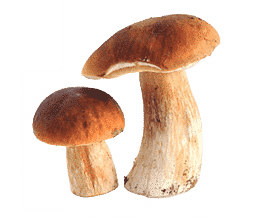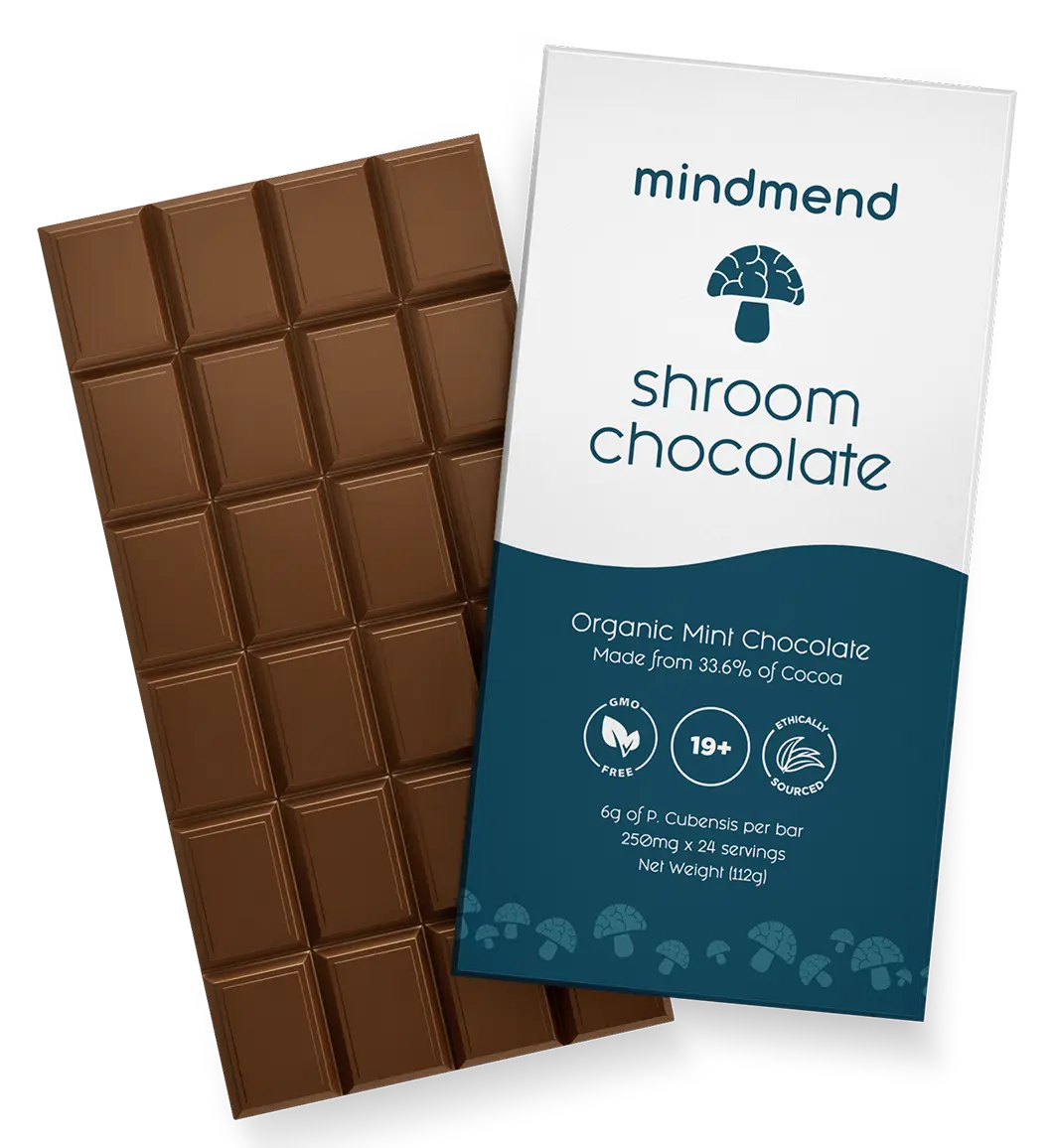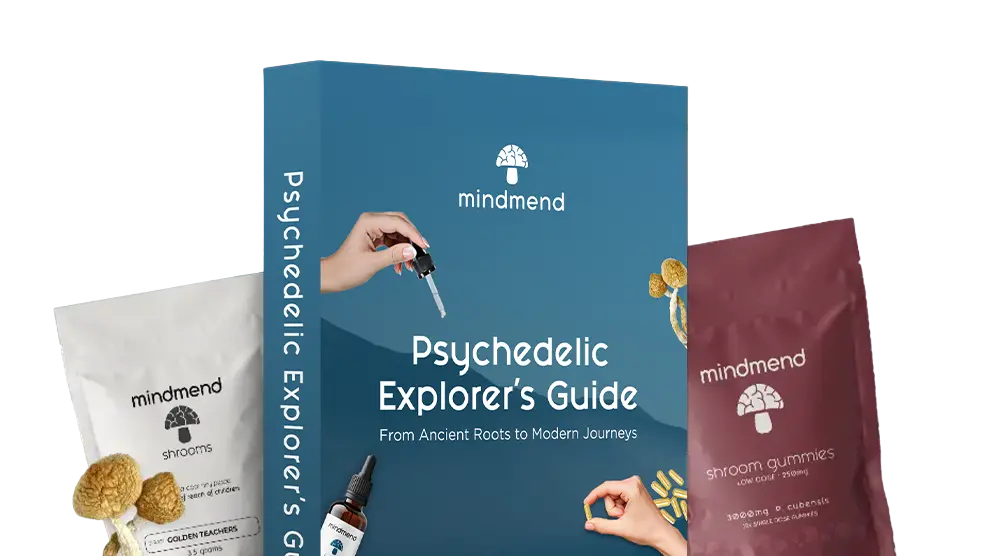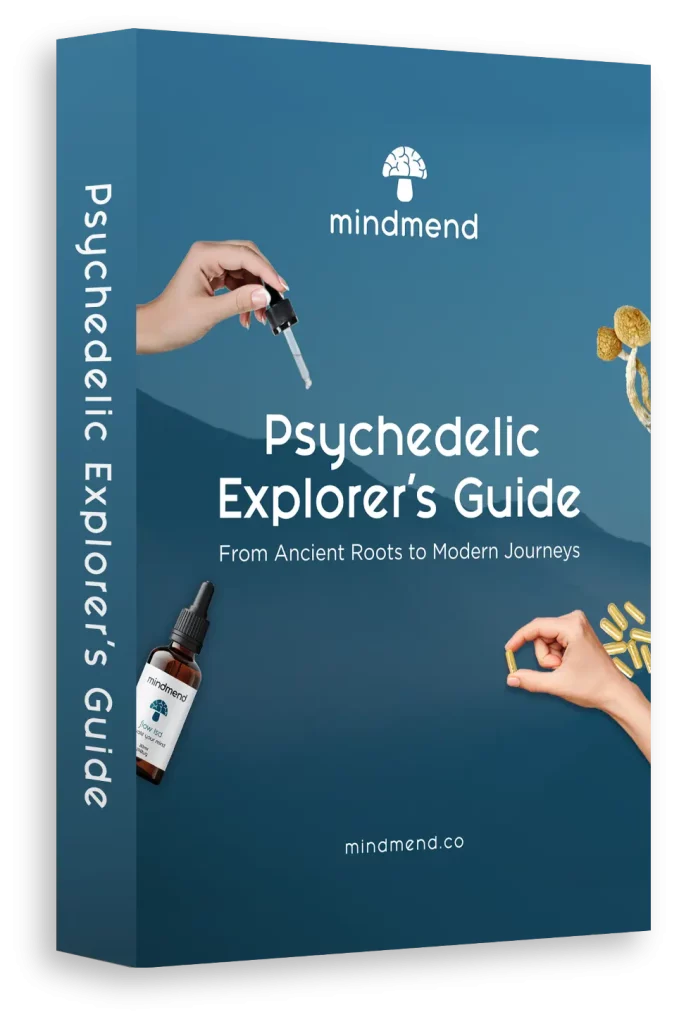
Psilocybin Macrodosing 101
Introduction to Macrodosing Magic Mushrooms
Introduction to Macrodosing Magic Mushrooms
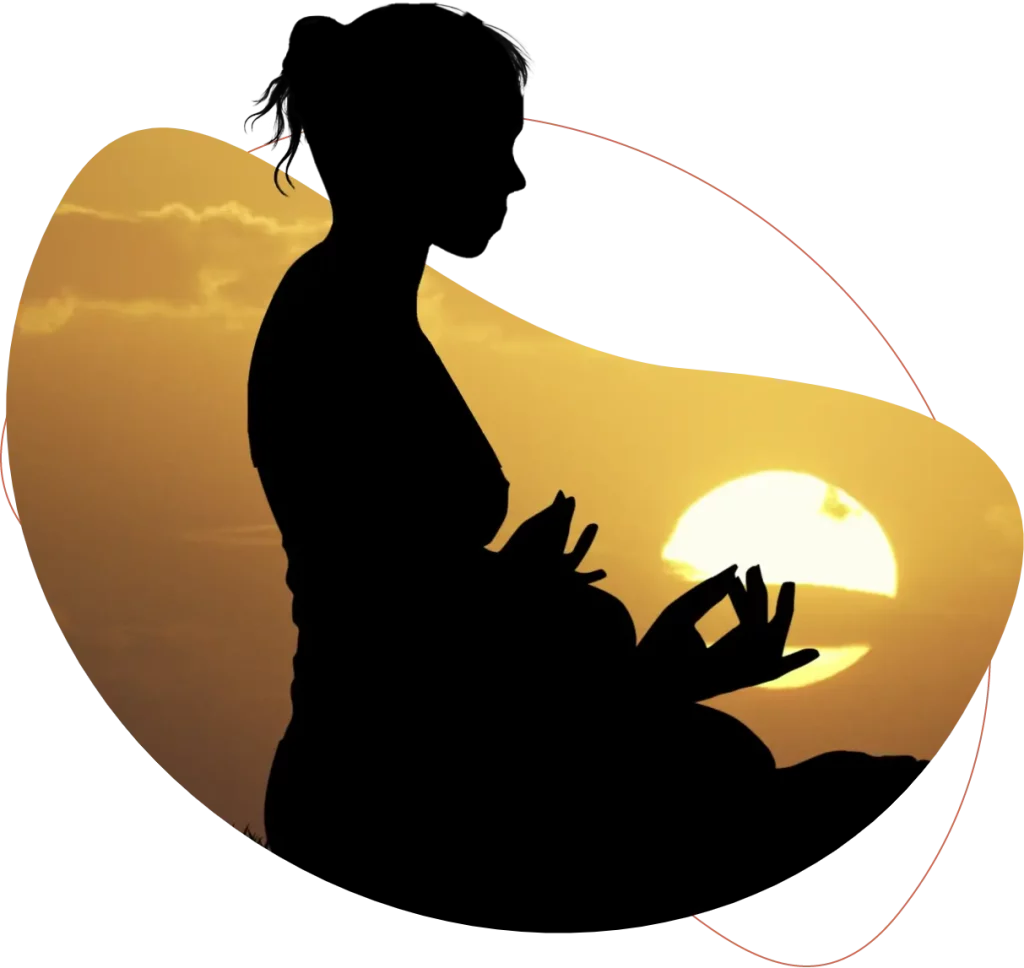
The realm of psychedelics presents a spectrum of experiences, with two terms often standing out: macrodosing and microdosing. While it might seem like a simple matter of dose levels, the journey between these two approaches is layered with nuances and individual variations. There are more than a few things to consider when making the distinction between these two approaches.
At one end, we have macrodosing, which can be likened to diving headfirst into the deep end of the psychedelic pool. It’s where the world can transform, thoughts can spiral, and emotions can soar. This approach ranges from doses that just begin to alter one’s perception to those that can lead to profound, sometimes earth-shattering experiences.
On the other hand, microdosing is like dipping your toes into the water, feeling the gentle ripples without being swept away by the current. It involves taking a fraction of what one would consider a ‘full’ dose.
The Blurred Line Between Micro and Macro
The obvious question that must be asked when comparing microdosing to macrodosing is:
At what point does a microdose become a macrodose?
Unfortunately the answer isn’t always clear cut. In fact the boundary between these two approaches isn’t set in stone. There are a number of reasons for this. For example, individual biochemistry will always add a twist to the tale. A dose that barely registers for one person might be a whirlwind experience for another. Sensitivities vary, and what’s a gentle nudge for some might be a significant push for others. Other factors, such as mental health history, personality, and goals, play a crucial role in determining which approach may be more suitable.
Although we can look at individual dose levels and establish guidelines for macrodose vs. microdose quantities, a better approach is to assess the effects:
Microdosing Effects
• Subtle mood lift
• Enhanced focus and clarity
• Mild energy boost
• Slight increase in creativity
• No significant perceptual changes
• Improved problem-solving abilities
• Gentle enhancement of senses
• No major disruption to daily activities
Macrodosing Effects
- Profound emotional journeys
- Intense visual and auditory hallucinations
- Altered perception of time and space
- Possible ego dissolution or loss of sense of self
- Deep introspection and self-reflection
- Spiritual or mystical experiences
- Enhanced sensory experiences (brighter colors, sharper sounds)
- Potential for challenging or overwhelming experiences
Macrodosing Psilocybin Guidelines
The profound, life-changing experiences you may have heard about with respect to psychedelics typically come out of macrodosing sessions. Conversely, the stories about terrifying ‘bad trips’ are also exclusively a result of macrodosing. Although it’s nearly impossible to predict how a psychedelic experience is going to play out, there are guidelines that you can follow to minimize the risks of having a bad experience.
A key component of these guidelines is to first recognize that there are 3 stages to the responsible psychedelic use.
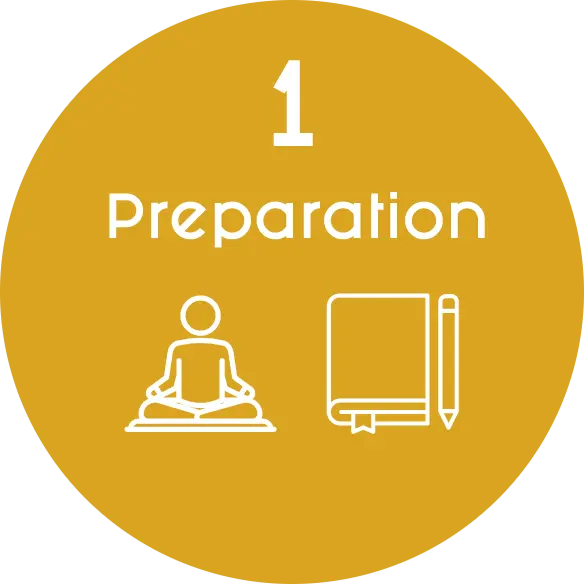
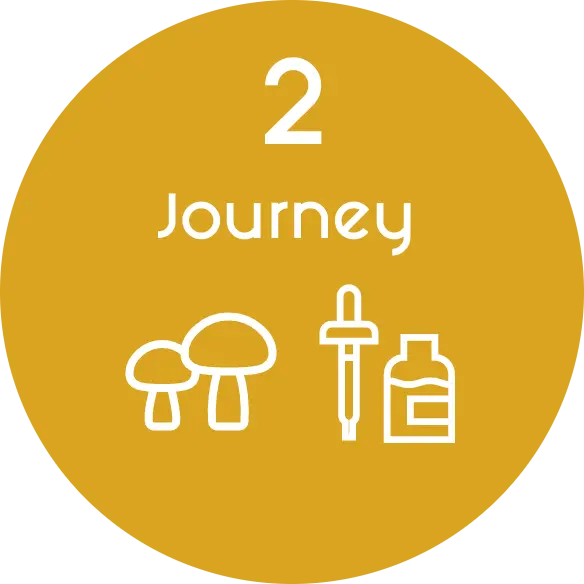

Preparation
Studies have shown that people who clearly define their ‘why’ around why they chose to take a shrooms tend to have better outcomes from the experience. The process of establishing this ‘why’ has come to be known as ‘intention setting’. Ideally, you want to start setting your intentions at least a few days prior to the day of your psychedelic experience. Here are a few questions that you may want to ask yourself:

Why am I choosing to use psychedelics?
Are you looking to learn something about yourself, heal some form of trauma, or are you taking the shrooms for personal or spiritual growth reasons? Whatever your reasons might be, putting some thought and self-reflection into them is an important step in the process.
What do you hope to get out of the experience?
This question is closely related to the first, but more specific. This is where you should establish a concrete intention. Try to be very clear when writing this intention down. It’s recommended to write your intention down so you can refer to it during the trip which will.

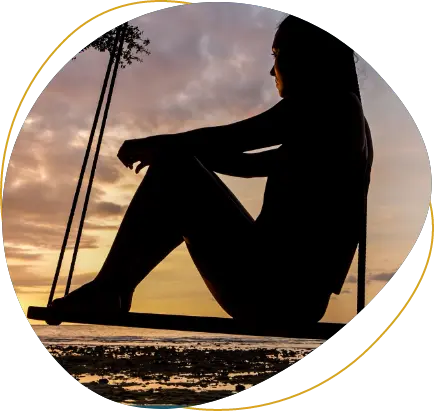
What type of experience do you want to have?
Here is where you should think about whether you want to have a guided, a group setting, or a solo experience. If you opt to go the guided route, make sure to think about who your ‘trip sitter’ or guide will be. Ideally you’d like it to be someone with some experience with psychedelics and someone you deeply trust.
Physical, Mental, and Emotional Preparation
A psychedelic trip can present physical, mental, and emotional challenges which is why your preparation should consider all of these areas. Adopting a healthier diet and other drugs, especially those that might interact with psychedelic substances is a crucial aspect of preparation. You should try implementing this at least a week prior to the experience, but the earlier the better. You also want to make sure you’re getting sufficient sleep in the days leading up to the experience.
Implementing some form of mindfulness practices into your routine prior to the day of your psychedelic experience should help you better navigate it. There are many practices to choose from in this regard. One that’s very popular is journaling. As you lead up to the day of the trip, try to analyze your emotions and feelings.
Are fears and anxieties surfacing? Are positive emotions and anticipation arising? Documenting these things can be therapeutic and promote mental clarity as you approach the day of the Journey.
You may also want to introduce other practices that can induce altered states of consciousness. Breathwork and meditation are the most popular preparatory techniques in this regard. These practices are grounding and help you to become more aware and present. This is critical during psychedelic trips because the change in consciousness can be jarring for many people.
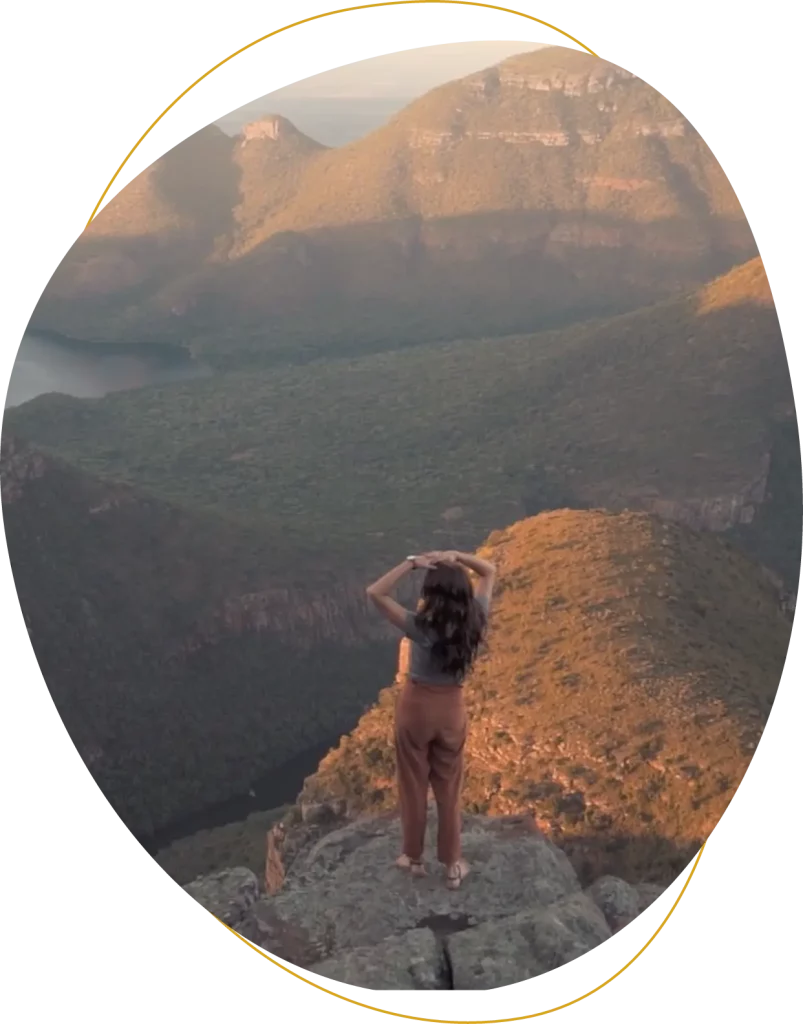
Journey
The heart of any psychedelic experience is the journey itself. Often described as a trip, this phase is where the substance’s effects are most pronounced, leading to a range of perceptual, cognitive, and emotional changes. The journey can be a profound exploration of the mind, emotions, memories, and even the very nature of reality.
Two of the most important factors to consider before actually embarking on the psychedelic journey are Set and Setting.
The term “set” refers to your mindset leading into the psychedelic experience. It encompasses your emotional and psychological state, including intentions, expectations, and overall mood. The mindset with which you approach a psychedelic journey can significantly influence the nature and outcome of the trip. A positive, open, and curious mindset can pave the way for insightful and transformative experiences. Conversely, entering the experience with anxiety, fear, or unresolved emotional turmoil can lead to challenging or even distressing trips. Implementing some of the practices in the preparation stage will ensure that your mindset is positive therefore increasing your chance of having a meaningful experience.
The environment or “setting” in which the psychedelic experience unfolds is equally crucial. The surroundings can profoundly impact the trip’s trajectory, influencing one’s comfort, safety, and overall experience. Whether indoors in a cozy, familiar space or outdoors surrounded by nature, the setting should be chosen with care. It should be a place where you feel safe, undisturbed, and free to express themselves. Elements like soft lighting, comfortable seating, and calming music can enhance the experience. For those new to psychedelics or taking higher doses, having a trusted guide or “sitter” present can provide additional comfort and security. This person can offer support, reassurance, and grounding if needed. Ultimately, the setting should be conducive to relaxation, introspection, and exploration, allowing you to fully immerse yourself in the psychedelic journey.
When one embarks on a psychedelic journey, especially with substances like LSD or psilocybin mushrooms, the world can take on a new vibrancy. Colors may appear more vivid, sounds can become more resonant, and even time might seem to warp or stretch. These sensory alterations are just the surface; deeper within, individuals often confront emotions, from profound joy and connectedness to introspection and, sometimes, challenging revelations.
The cognitive effects during the journey can be equally profound. Thoughts may race or spiral, leading to new insights or perspectives. Some individuals report experiencing “ego dissolution,” where the boundaries between the self and the external world blur, fostering a sense of oneness with the universe. This can be a transformative realization, emphasizing interconnectedness and unity.
However, the journey isn’t always smooth. Some trips can be challenging, bringing to the fore unresolved emotions, past traumas, or deep-seated fears. It’s essential to approach these moments with an open heart and mind, viewing them as opportunities for growth and healing. Often, it’s in navigating these challenging terrains that individuals find the most profound healing and understanding.
Throughout the journey, it’s crucial to remember the importance of surrender. Fighting the experience or trying to control every aspect can lead to anxiety or resistance. Instead, allowing the trip to unfold naturally, trusting in the process, remembering your intentions, and being open to whatever arises can lead to a more meaningful and transformative experience.
Integration
Integration is the critical final phase that follows a psychedelic journey. It’s the process of assimilating the insights, emotions, and revelations experienced during the trip into your daily life. After a profound psychedelic session, you may find yourself with new perspectives, feelings, and even epiphanies. However, without proper integration, these insights might fade or become overwhelming.
In his book, ‘The Psychedelic Explorer’s Guide: Safe, Therapeutic, and Sacred Journeys’, James Fadiman, one of the pioneers in psychedelic research, emphasizes the importance of dedicating time and effort to this post-trip phase. One of the most effective ways to integrate is through journaling. Writing down the experiences, feelings, and lessons learned can help solidify them and provide a reference for future reflection. This written record can be a touchstone, helping individuals process their journey and understand its implications for their life.
Meditation is another valuable tool for integration. It will help you revisit and contemplate your psychedelic experience in a calm and focused manner. By meditating on the journey, you can gain deeper insights and clarity about the messages and emotions encountered.
Having a solid support structure around you is crucial to effective integration. Being able to share the journey’s details with a trusted friend, guide, or therapist can offer additional perspectives, validation, and understanding. This external feedback can help you make sense of complex or confusing aspects of their trip.
Ultimately, the goal of integration is to embody the lessons and insights from the psychedelic experience in everyday life. Whether it’s adopting new habits, changing one’s outlook, or making tangible life changes, integration ensures that the profound benefits of the psychedelic journey are not just fleeting moments but lasting transformations.
The Psychedelic Experience: A Voyage Through Consciousness
Every psychedelic journey is unique and unpredictable. Each trip is unique, shaped by a myriad of factors from the substance and dose to the individual’s mindset and environment. But while every voyage is distinct, there are common landmarks and phases that many people report

The Onset:
This is the initial phase after ingestion, where the first hints of the substance’s effects begin to manifest. It’s a gentle introduction, with subtle shifts in perception and mood. The world might seem a tad brighter, sounds a bit clearer, and there’s a growing sense of anticipation.

The Come Up:
As the effects intensify, this phase can be a rollercoaster of emotions and sensations. Visuals become more pronounced, thoughts might race or spiral, and there’s a tangible shift from the everyday to the psychedelic realm. For some, this phase can be overwhelming, but for others, it’s exhilarating. The mindfulness practices we touched on in the preparation phase will help you better deal with the come up.

The Peak:

The Plateau:

The Come Down:

Afterflow:
In the hours or even days following the trip, many report a residual positive mood and outlook. It’s like the mental and emotional equivalent of the golden hue after a sunset. There’s a sense of clarity, rejuvenation, and often a newfound appreciation for the everyday.
Psilocybin stays active for a duration of 6-8 hours with hours 1-3 being peak effect. *Psilocybin is the prodrug to psilocin.
Case Studies and Research

Treating Mental Health Issues
A study conducted by Johns Hopkins medicine in 2022 followed up on previous research showing that psilocybin assisted therapy produced enduring effects in relieving major depressive disorder symptoms. The earlier study showed that the relief of patients’ symptoms lasted for up to a month.
In the recent follow up study, researchers found that the psilocybin therapy had even longer lasting antidepressant effects. The study involved 27 participants with a history of long-term depression, most of whom had been experiencing symptoms for approximately two years. Participants received two doses of psilocybin, administered approximately two weeks apart, along with preparatory meetings with treatment facilitators. One week after treatment, the average depression score dropped from 22.8 to 8.7, and these low scores were maintained at one, three, six, and 12 months post-treatment. Renowned psychedelic researcher Roland Griffiths stated about the study that “Psilocybin not only produces significant and immediate effects, it also has a long duration, which suggests that it may be a uniquely useful new treatment for depression”.
Treating
Physical Issues


Improving Quality of Life of Healthy Individuals
Psychedelics aren’t just for treating people going through mental or physical anguish. Studies have been conducted on what they refer to as ‘healthy normals’ or individuals not seeking treatment of any ailment in particular. Here are some results from studies:
- A 2016 study found that 71.4% of participants reported an increase in positive attitudes about life, positive changes in mood and overall well-being 12 months after a high dose LSD session.
- A 2006 double-blind study on psilocybin found that “67% of study participants rated the high-dose psilocybin experience to be either the single most meaningful experience of their lives, or among the top five most meaningful experiences, with 33% of people rating it as the single most spiritually significant event of their lives”. 14 months after the dosing, “94% of study volunteers stated that their well-being or life satisfaction had been increased moderately or very much by their psilocybin experiences, with 89% reporting moderate or higher changes in positive behavior”.
There’s incredible promise around the effectiveness of high dose psychedelic experiences.
As new studies are released, it’s becoming clearer and clearer that they are some of the most versatile medicines available.
Frequently Asked Questions
Microdosing is the practice of consuming tiny doses of psychedelic drugs (in our case, psilocybin mushrooms). In pharmaceutical terms, microdosing refers to the minimum effective dose, which is typically between 1/10 and 1/2 the average amount. Users consume the lowest possible dose to achieve the desired effects without triggering any negative side effects. These small doses typically do not produce the hallucinatory or psychedelic effects associated with mushrooms, meaning the dose is “sub-perceptual.” Users microdose for a wide variety of psychological and physical benefits. These benefits may include higher productivity, increased energy and focus and boosted creativity, in addition to lower anxiety, stress, depression, and more.
Psilocybin is one of the safest substances you can find and much safer than alcohol, especially when taken in microdoses. Microdosing is proven to be safe and non-habit forming. We advise that you not exceed the recommended dosage and frequency. This is because you don’t want to extend beyond your limits and potentially experience some unwanted side effects, such as temporary loss of body function and/or muscle weakness. Keep in mind experiences like that are not common and will go away in a few hours. Just be sure to follow the dosage instructions.
When it comes to microdosing, we recommend starting at a very lose dose, preferably on a weekend, to see how your body responds. Two days later, dose again based on your initial experience, increasing very slowly. Once you get into a routine, the recommended schedule is to microdose in the morning and take two or three days off between doses. We’ve got a full breakdown on dosing that you can read here mindmend.co/dosing/. Do not microdose daily as you can build up a tolerance.
Possibly, yes. Exciting studies are ongoing to prove that psilocybin can helppeople quit smoking. There is reason to believe that psilocybin may have the potential to treat addiction to alcohol, cocaine, and other substances. Plenty of research is currently in the works, and psilocybin does indeed show the potential to offer an alternative option for addiction treatment.


